Check the following code.
Here I got a cycle error when I used keyvault uri in app service settings and Access policy in keyvault where MSI defined for Appservice .

So I haven’t used keyvault related Ids in app service but just MSI of app service in keyvault:
Also I created multiple access policies inside Azure Key vault for different resources with their specific MSI.
terraform {
backend "azurerm" {
resource_group_name = "rg "
storage_account_name = "remotegavstr243"
container_name = "terraform"
key = "terraform.tfstate"
}
}
resource "azurerm_app_service_plan" "example" {
name = "exampappserviceplan"
location = data.azurerm_resource_group.example.location
resource_group_name = data.azurerm_resource_group.example.name
sku {
tier = "Standard"
size = "S1"
}
}
resource "azurerm_app_service" "example" {
name = "examkavapp-service"
location = data.azurerm_resource_group.example.location
resource_group_name = data.azurerm_resource_group.example.name
app_service_plan_id = azurerm_app_service_plan.example.id
# site_config {
...
# }
# app_settings ={
# TEST_KEYVAULT_URL = "${azurerm_key_vault.test.vault_uri}"
# }
identity {
type = "SystemAssigned"
}
}
resource "azurerm_function_app" "rg-funcapp" {
name = "mysarabfnapp"
location = data.azurerm_resource_group.example.location
resource_group_name = data.azurerm_resource_group.example.name
app_service_plan_id = "${azurerm_app_service_plan.example.id}"
storage_account_name = data.azurerm_storage_account.example.name
storage_account_access_key = data.azurerm_storage_account.example.primary_access_key
// storage_connection_string = "${azurerm_storage_account.rg-func-app__sa.primary_connection_string}"
version = "~1"
# app_settings {
# TEST_KEYVAULT_URL = "${azurerm_key_vault.test.vault_uri}"
# }
identity {
type = "SystemAssigned"
}
}
resource "azurerm_key_vault" "test" {
name = "newkakv12"
location = data.azurerm_resource_group.example.location
resource_group_name = data.azurerm_resource_group.example.name
sku_name = "standard"
tenant_id = "${data.azurerm_client_config.current.tenant_id}"
access_policy {
tenant_id = data.azurerm_client_config.current.tenant_id
object_id = data.azurerm_client_config.current.object_id
key_permissions = [
"Get",
"Create",
"Delete",
"List",
"Recover",
"Restore",
"UnwrapKey",
"WrapKey",
"List"
]
secret_permissions = [
"Get",
"List",
"Set",
"Delete",
"Recover",
"Restore",
]
}
access_policy {
tenant_id = data.azurerm_client_config.current.tenant_id
object_id = "${azurerm_app_service.example.identity.0.principal_id}"
key_permissions = [
"Get",
"Create",
"Delete",
"List",
"Recover",
"WrapKey",
"List"
]
secret_permissions = [
"Get",
"List",
"Set",
"Delete",
]
}
access_policy {
tenant_id = data.azurerm_client_config.current.tenant_id
object_id = "${azurerm_function_app.rg-funcapp.identity.0.principal_id}"
key_permissions = [
"Get",
"Create",
"Delete",
"List",
"WrapKey",
"List"
]
secret_permissions = [
"Get",
"List",
"Set",
]
}
depends_on = [ azurerm_app_service.example,azurerm_function_app.rg-funcapp ]
}
resource "azurerm_key_vault_secret" "test" {
key_vault_id ="${azurerm_key_vault.test.id}"
name = "secret-sauce"
value = "szechuan"
}

This way , the access policies can be managed in terraform by changing when needed by admin user.



